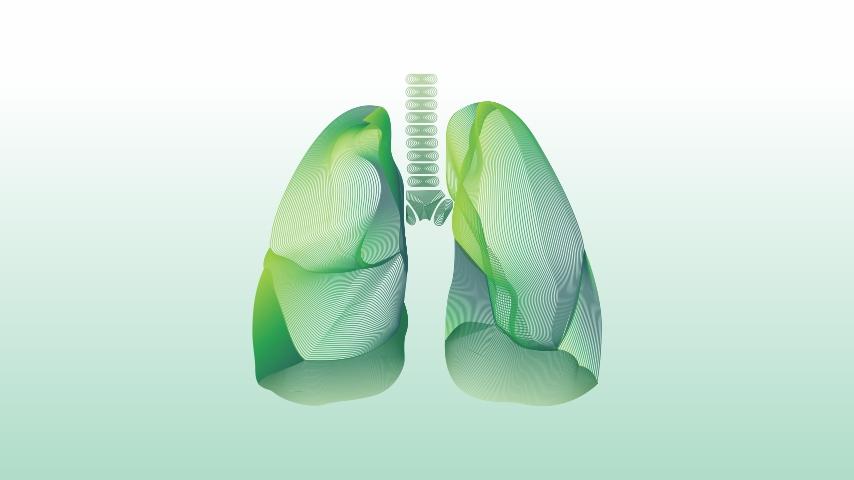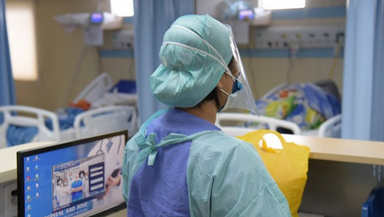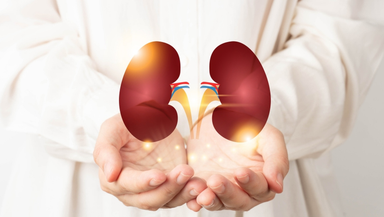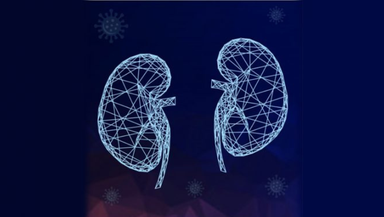Comprehensive Guide to Lung Cancer: Advances in Diagnosis and Treatment

Understanding Lung Cancer: A Comprehensive Overview
Lung cancer is a significant global health issue, representing one of the most common forms of cancer and a leading cause of cancer-related deaths worldwide. This comprehensive guide aims to provide insights into lung cancer, including its causes, risk factors, symptoms, diagnosis, treatment options, and preventive measures, shedding light on this complex disease to empower individuals with knowledge and understanding.
Introduction to Lung Cancer:
Lung cancer occurs when abnormal cells in the lungs grow uncontrollably, forming tumors that can interfere with lung function and spread to other parts of the body. There are two main types of lung cancer: non-small cell lung cancer (NSCLC) and small cell lung cancer (SCLC), each with distinct characteristics and treatment approaches. While smoking remains the primary risk factor for lung cancer, exposure to environmental toxins, genetic predisposition, and other factors can also contribute to its development.
Causes and Risk Factors:
The primary cause of lung cancer is cigarette smoking, accounting for the majority of cases worldwide. Tobacco smoke contains carcinogens that damage lung tissue and trigger genetic mutations, leading to the development of cancerous cells. Other risk factors for lung cancer include exposure to secondhand smoke, occupational hazards such as asbestos and radon exposure, air pollution, family history of lung cancer, and certain genetic mutations.
Signs and Symptoms:
Lung cancer often presents with nonspecific symptoms in its early stages, which can make it challenging to diagnose. Common signs and symptoms of lung cancer may include:
- Persistent cough or changes in chronic cough
- Shortness of breath or wheezing
- Chest pain or discomfort
- Coughing up blood or rust-colored sputum
- Hoarseness
- Unexplained weight loss
- Fatigue
- Recurrent respiratory infections
Early detection of lung cancer is critical for improving treatment outcomes and survival rates.
Diagnosis and Evaluation:
Diagnosing lung cancer typically involves a combination of medical history assessment, physical examination, imaging tests, and biopsy procedures. Diagnostic tests may include chest X-rays, computed tomography (CT) scans, magnetic resonance imaging (MRI), positron emission tomography (PET) scans, bronchoscopy, and fine needle aspiration biopsy. These tests help healthcare providers determine the type, stage, and extent of lung cancer, guiding treatment decisions and prognosis.
Treatment Options:
Treatment for lung cancer depends on several factors, including the type and stage of the disease, overall health status, and patient preferences. Treatment modalities for lung cancer may include:
- Surgery: Surgical removal of the tumor and surrounding tissue may be an option for early-stage lung cancer.
- Radiation therapy: High-energy beams are used to destroy cancer cells and shrink tumors, either as a primary treatment or in combination with surgery or chemotherapy.
- Chemotherapy: Powerful drugs are administered to kill cancer cells or prevent their growth and spread, often used in combination with other treatments.
- Targeted therapy: Drugs targeting specific genetic mutations or molecular pathways in cancer cells may be prescribed for certain types of lung cancer.
- Immunotherapy: Medications that stimulate the immune system to recognize and attack cancer cells may be used as a treatment option for advanced lung cancer.
Dr Rajeev Vijaykumar, Sr Consultant - Medical Oncologist, Hematologist and Bone Marrow Transplant says, "Lung cancer remains a significant challenge in oncology, but advancements in diagnosis and treatment offer hope for improved outcomes and quality of life for patients. With personalized treatment approaches and multidisciplinary care, we can tailor interventions to meet the unique needs of each individual, optimizing their chances of survival and well-being."
Prevention and Risk Reduction:
Preventing lung cancer involves adopting healthy lifestyle habits and minimizing exposure to known risk factors. Strategies for reducing the risk of lung cancer include:
- Avoiding tobacco use: Quitting smoking and avoiding exposure to secondhand smoke are the most effective ways to prevent lung cancer.
- Limiting exposure to carcinogens: Minimizing exposure to environmental toxins such as asbestos, radon, and air pollution can reduce the risk of lung cancer.
- Eating a healthy diet: Consuming a diet rich in fruits, vegetables, whole grains, and lean proteins can support overall health and reduce cancer risk.
- Exercising regularly: Engaging in regular physical activity can help maintain a healthy weight and reduce the risk of developing lung cancer and other chronic diseases.
- Seeking early detection: Individuals at high risk of lung cancer, such as current or former smokers, may benefit from lung cancer screening programs aimed at detecting the disease at an early, more treatable stage.
Conclusion:
Lung cancer is a complex and challenging disease, but advancements in detection, treatment, and prevention offer hope for improved outcomes and quality of life for patients. By understanding the causes, recognizing the signs and symptoms, seeking timely medical evaluation, and adopting preventive measures, individuals can take proactive steps to reduce their risk of lung cancer and optimize their lung health. Collaborating with healthcare providers and embracing multidisciplinary care can further enhance the effectiveness of lung cancer management strategies, improving survival rates and well-being for those affected by this disease.
Specialities
Clear allMeet the doctor

Dr Rajeev Vijayakumar
Medical Oncology,Hemato-oncology and BMT
MBBS,DNB (Gen Medicine),DNB (Medical Oncology),MRCP (UK),ESMO Certified Medical Oncology











